Related Research Articles
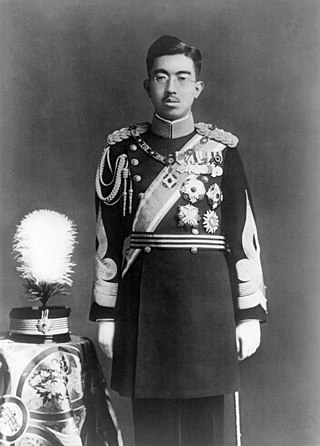
Hirohito, posthumously honored as Emperor Shōwa, was the 124th emperor of Japan, reigning from 1926 until his death in 1989. He was one of the longest-reigning monarchs in the world, with his reign of 62 years being the longest of any Japanese emperor.
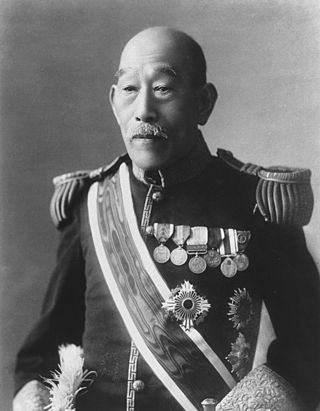
Count Kiyoura Keigo was a Japanese politician. He was the Prime Minister of Japan in 1924, during the period which historians have called the "Taishō Democracy".
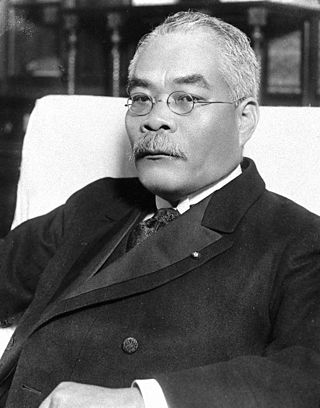
Hamaguchi Osachi was a Japanese politician, cabinet minister and Prime Minister of Japan from 1929 to 1931. Nicknamed the "Lion Prime Minister" due to his dignified demeanor and mane-like hair, Hamaguchi served as leading member of the liberal Rikken Minseitō during the "Taishō democracy" of interwar Japan. He was a member of the House of Representatives from 1915 until his death. He initially survived an assassination attempt by a right-wing extremist in 1930, but died about nine months later from a bacterial infection in his unhealed wounds.

The Supreme Commander for the Allied Powers was the title held by General Douglas MacArthur during the United States-led Allied occupation of Japan following World War II. It issued SCAP Directives to the Japanese government, aiming to suppress its "militaristic nationalism". The position was created at the start of the occupation of Japan on August 14, 1945. It was originally styled the Supreme Commander of the Allied Powers.

Sadako Kujō, posthumously honoured as Empress Teimei, was the wife of Emperor Taishō and the mother of Emperor Shōwa of Japan. Her posthumous name, Teimei, means "enlightened constancy".
John W. Dower is an American author and historian. His 1999 book Embracing Defeat: Japan in the Wake of World War II won the U.S. National Book Award for Nonfiction, the Pulitzer Prize for General Nonfiction, the Bancroft Prize, the Los Angeles Times Book Prize, the Mark Lynton History Prize, and the John K. Fairbank Prize of the American Historical Association.
The 2001 Pulitzer Prizes were announced on April 16, 2001.

In the Empire of Japan, an Imperial Conference was an extraconstitutional conference on foreign matters of grave national importance that was convened by the government in the presence of the Emperor.

The National Foundation Society was a nationalist political society in late 1920s and early 1930s Japan.

Tatsukichi Minobe was a Japanese statesman and scholar of constitutional law. His interpretation of the role of the monarchy in the pre-war Empire of Japan was a source of considerable controversy in the increasingly radicalized political environment of Japan in the 1930s.
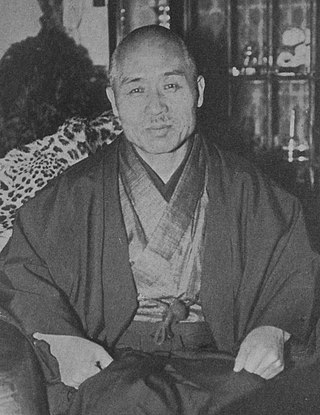
General BaronShigeru Honjō was a general in the Imperial Japanese Army during the early period of the Second Sino-Japanese War. He was considered an ardent follower of Sadao Araki's doctrines.

Rikken Minseitō was one of the main political parties in pre-war Empire of Japan. It was commonly known as the Minseitō.
The Toranomon incident was an assassination attempt on Regent Hirohito of Japan on 27 December 1923 by Japanese communist Daisuke Nanba.
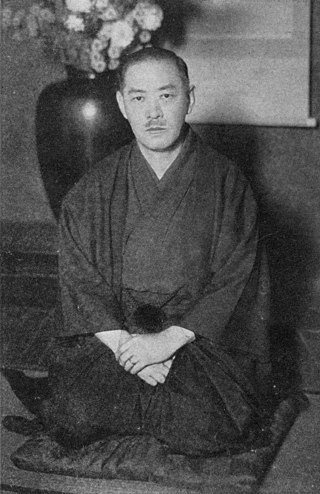
Yoriyasu Arima was a Japanese politician before and during World War II. His wife was the daughter of Prince Takeda Tsunehisa.

Fumio Gotō ) was a Japanese politician and bureaucrat, and briefly served as interim Prime Minister of Japan in 1936.
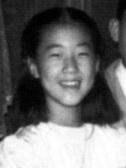
Takako Shimazu, born Takako, Princess Suga, is a former member of the Imperial House of Japan. She is the fifth and youngest daughter of Emperor Shōwa and Empress Kōjun, the youngest sister of the Emperor Emeritus of Japan, Akihito, and the paternal aunt of the current Emperor of Japan, Naruhito. She married Hisanaga Shimazu on 3 March 1960. As a result, she gave up her imperial title and left the Japanese Imperial Family, as required by law.
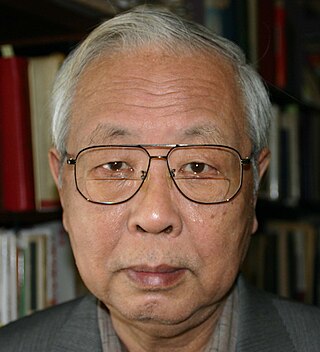
Ikuhiko Hata is a Japanese historian. He earned his PhD at the University of Tokyo and has taught history at several universities. He is the author of a number of influential and well-received scholarly works, particularly on topics related to Japan's role in the Second Sino-Japanese War and World War II.

Hirohito and the Making of Modern Japan is a book by Herbert P. Bix covering the reign of Emperor Shōwa of Japan from 1926 until his death in 1989. It won the 2001 Pulitzer Prize for General Non-Fiction.
Patrick Lennox Tierney was an American Japanologist academic in the field of art history, an emeritus professor of the University of Utah, a former Curator of Japanese Art at the Utah Museum of Fine Arts, a former Director of the Pacific Asia Museum, and a former Commissioner of Art and Monuments during the Allied occupation of Japan (1945–1952).

Kumazawa Hiromichi, also known as the "Kumazawa emperor", was a Japanese businessman and Buddhist priest from Nagoya who publicly disputed the legitimacy of Emperor Hirohito's bloodline in the period shortly after the end of the Second World War. He claimed to be the 19th direct descendant of Emperor Go-Kameyama.
References
- 1 2 3 "The 2001 Pulitzer Prize Winners: General Nonfiction". The Pulitzer Prizes. Retrieved 2013-10-25.
- ↑ Boscaro, Adriana; Gatti, Franco; Raveri, Massimo (1990). Rethinking Japan: Social sciences, ideology & thought. ISBN 9780904404791.
- ↑ Herbert P. Bix: Professor (Joint with Sociology)" Archived 2014-11-01 at the Wayback Machine . Department of History. Binghamton University. Retrieved 2013-10-25.
- ↑ Goldstone, Jack A. (1987). "Review of Peasant Protest in Japan, 1590-1884". Theory and Society. 16 (5): 771–774. doi:10.1007/BF00133395. ISSN 0304-2421. JSTOR 657682. S2CID 189891365.